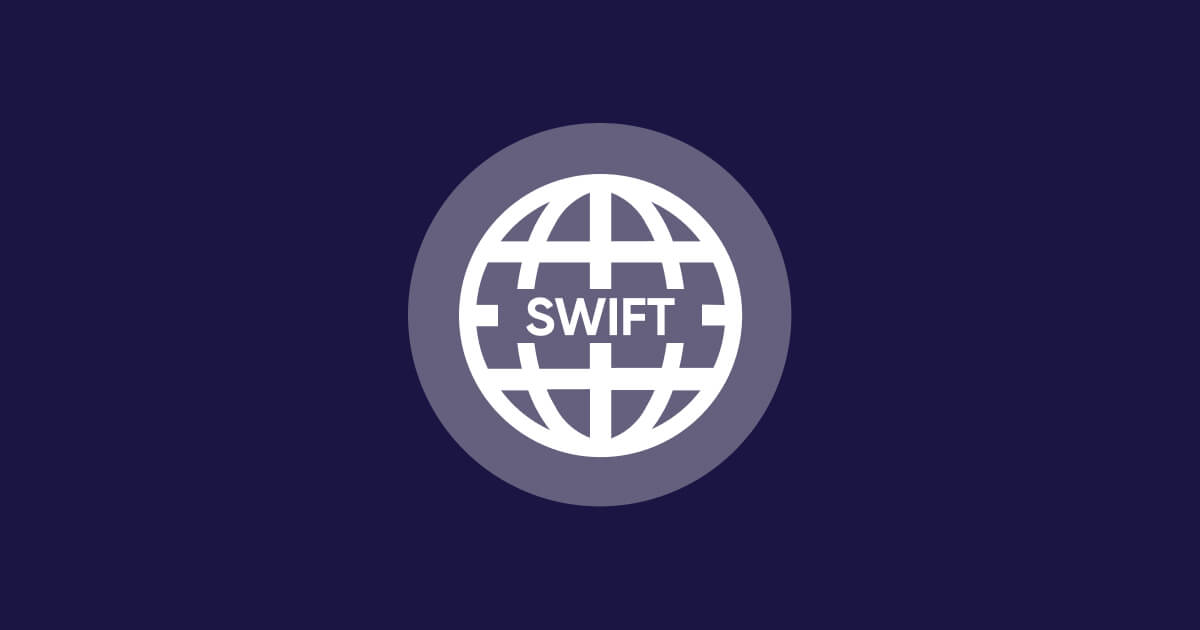In the world of B2B cross-border payments, speed and cost control can determine whether a business stays competitive. For one international payments company, settlement times of 2–5 days through SWIFT were no longer acceptable for their customers, many of whom operated in fast-moving global trade.
Their solution? Partnering with TransFi to shift settlement flows from traditional banking rails to stablecoins, enabling instant global settlements for their clients.
The Challenge: Legacy Payment Delays
The payments company specialized in facilitating cross-border B2B transactions for import/export businesses, logistics providers, and service companies. But their existing setup faced three core issues:
- Slow settlement times – International bank transfers often took multiple business days, creating cash flow bottlenecks.
- High FX and transfer fees – Each payment involved intermediary banks, currency conversions, and layered costs.
- Poor transparency – Clients had limited visibility on payment progress, leading to frequent support inquiries.
For their customers, delays could mean missed shipments, broken contracts, and strained supplier relationships.
Why TransFi Was the Game-Changer
The company explored blockchain-based settlements but didn’t want to build its own infrastructure or navigate complex licensing. They needed:
- Instant settlement capabilities across multiple markets
- Regulatory compliance without internal legal overhead
- Support for USDC and other stablecoins to avoid crypto volatility
- Seamless integration with their existing B2B payment platform
TransFi’s stablecoin payment infrastructure checked every box. With local payment rails in 100+ countries and instant USDC transfers, the company could give customers near-real-time settlements without touching the complexity of custody or crypto exchange operations.
Integration: Minimal Development, Maximum Impact
By integrating TransFi’s API, the payments company added a stablecoin settlement option to their existing dashboard. Clients could now:
- Initiate a cross-border payment in their local currency
- Have funds instantly converted into USDC via TransFi’s on-ramp
- Settle directly to the recipient’s wallet anywhere in the world — often in under 60 seconds
The shift required weeks, not months, to deploy because TransFi handled compliance, KYC, and crypto liquidity in the background.
The Results: Instant Payments, Happier Clients
Within 90 days of launch, the company saw measurable improvements:
- Settlement times cut by 98% – from 2–5 days to under a minute in most cases
- Costs reduced by 40% – fewer intermediary fees and no repeated FX conversions
- Higher client retention – customers who adopted stablecoin settlement increased monthly transaction volume by 65%
For many clients, this wasn’t just a cost savings — it fundamentally changed how they operated. Importers could pay overseas suppliers the same day they received an invoice, and logistics companies could release goods without waiting for bank confirmations.
Impact on Global Trade Clients
Before TransFi:
- Payments delayed shipments by days
- Businesses kept large cash reserves to offset settlement lag
- FX volatility sometimes increased the total cost of goods
After TransFi:
- Same-day supplier payments improved trust and delivery speed
- Cash flow management improved — less capital tied up in pending payments
- Stablecoin settlements provided predictable, transparent costs
Key Takeaways for B2B Payment Providers
- Stablecoins solve settlement lag – For global B2B transactions, speed is as critical as cost.
- Local rails + blockchain = scale – Combining familiar fiat payment methods with stablecoin transfers creates a smooth user experience.
- API-first integration accelerates rollout – No need to reinvent infrastructure; partner with a provider that handles liquidity, compliance, and payouts.
- USDC is enterprise-friendly – Stablecoins pegged to the dollar minimize volatility concerns for corporate clients.
From Competitive Pressure to Competitive Advantage
Before integrating with TransFi, the payments company was facing pressure from newer fintech competitors offering faster settlement options. By leveraging B2B crypto payment rails, they not only caught up but leapfrogged into a stronger market position.
Their marketing shifted from “low-cost transfers” to “instant global settlements”, appealing to businesses frustrated with slow, opaque bank processes.
Also read: Burkina Faso’s Payment Rails & How They Work – Orange Money, GIM-UEMOA & Financial Inclusion Efforts
Conclusion:
This case shows how B2B payments companies can modernize their infrastructure without heavy in-house development. By partnering with TransFi, this provider replaced slow SWIFT wires with instant, cost-efficient stablecoin payments — giving their clients a faster, more predictable way to move money globally.
FAQ
1. What are the benefits of using stablecoins for B2B payments?
Stablecoins offer near-instant settlements, lower fees, and predictable costs compared to traditional cross-border transfers.
2. Why choose USDC for international business payments?
USDC is a regulated, dollar-pegged stablecoin that minimizes volatility, making it ideal for corporate settlements.
3. How does TransFi simplify stablecoin adoption for payment companies?
TransFi provides APIs, compliance tools, and global payment rails so companies can integrate stablecoin payments without building their own infrastructure.
4. Can stablecoin settlements replace SWIFT transfers completely?
In many cases, yes — especially for high-speed, cross-border B2B transactions that require faster liquidity.
5. How quickly can a business integrate TransFi’s stablecoin solution?
Most businesses can go live in weeks, thanks to TransFi’s plug-and-play API and turnkey compliance support.
Table of Contents
Suggested Article
Explore our products

Make global payments at the speed of a click

Accept payments, remove borders.

Unlock Seamless Digital Currency Transactions Anywhere








.png)














